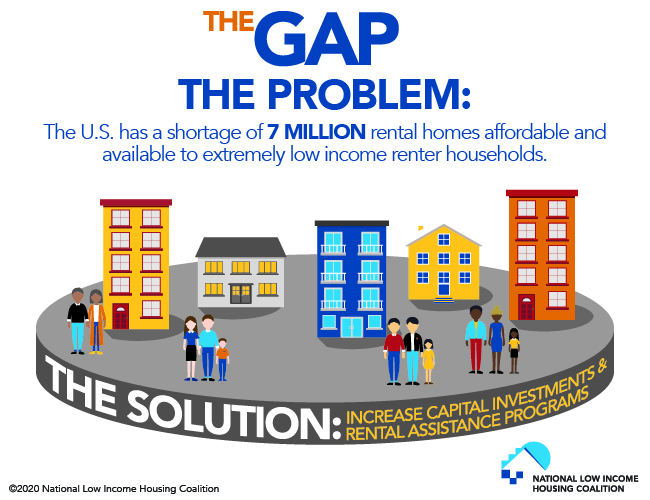
In a recent study, the Association of American Medical Colleges (AAMC) predicted that by 2030, the demand for doctors will outstrip the supply and that the United States of America will experience a shortage of up to 121 300 physicians. Only in the most optimistic supply and demand scenarios would the nation have an adequate supply to meet demand in the year 2020. Furthermore, in 2020, the United States of America may face shortages of 45 400 primary care physicians and 46 100 medical specialists-a total shortage of 91 500 doctors in 2020. According to the Health Resources and Services Administration’s (HRSA) report in 2011, there was an estimated existing deficiency of 17 722 primary care providers in the United States of America. Meanwhile, it is predicted that there will be a physician shortage in the next decade because the demand for physicians is growing faster than the supply of physicians. For instance, the Bureau of Labor Statistics (BLS) predicts that 91 400 physician jobs will be needed nationally this is a 13% increase from 2016 to 2026.

Due to aging, population growth, and a greater insured population following the Affordable Care Act (ACA), physician availability to patients has been recognized as one of the top barriers to meet the healthcare needs of patients in the United States of America.


Improving quality of care, increasing access to care, and controlling healthcare costs depend on the adequate availability of healthcare providers.


 0 kommentar(er)
0 kommentar(er)
